15 Forgotten High School Clubs That Were Surprisingly Progressive And Need To Come Back
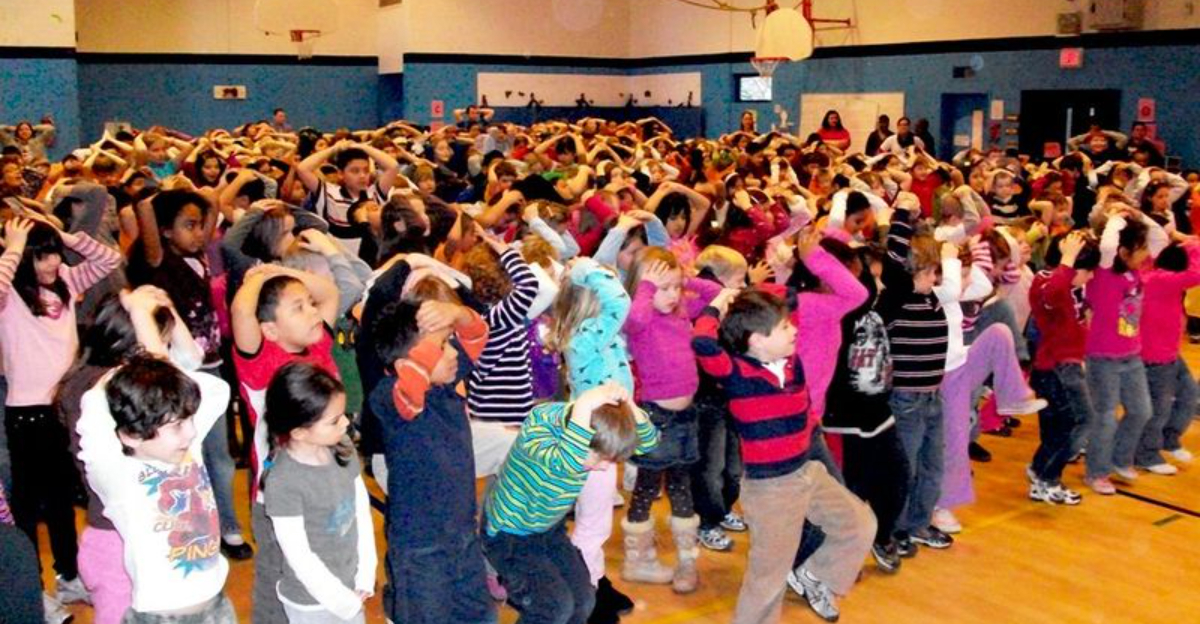
Remember those after-school clubs where we’d huddle in half-empty classrooms, munching on chips and cookies while brainstorming our next “big idea”? Those were more than just hangouts—they were breeding grounds for creativity, connection, and sometimes even quiet rebellion.
High schools in the ’80s, ’90s, and early 2000s were home to some truly forward-thinking clubs. Environmental action groups, peer mediation teams, diversity alliances—they were tackling social issues long before hashtags made them trendy.
Looking back, it’s clear: these clubs were more than extracurricular activities—they were revolutionary microcosms of the change we’re still fighting for today. Imagine what today’s teens could do with that kind of space—unfiltered, unpressured, and powered by passion. Maybe it’s time to bring back those clubs with a modern twist.
After all, the world still needs changemakers, and where better to start than in a classroom filled with snacks, ideas, and a whiteboard full of dreams?
1. Environmental Action League
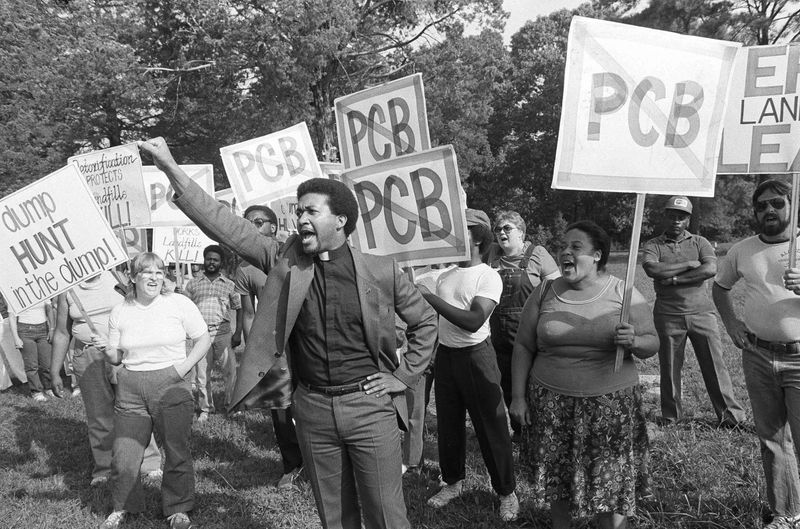
Back in the 1970s, my cousin joined her school’s Environmental Action League, and I was so jealous! Long before climate change became a household term, these eco-warriors were mapping local pollution sources and organizing community cleanups with surprisingly sophisticated strategies.
Students would conduct actual scientific water quality tests in nearby streams and present their findings to local officials. The real genius was how they connected environmental issues to social justice, showing how pollution disproportionately affected poorer neighborhoods – a concept that wouldn’t become mainstream for decades!
What made these clubs truly special was their focus on solutions rather than just problems. Members designed rainwater collection systems for school gardens and coordinated with local businesses to reduce waste. Some even managed to get their schools to install the first solar panels in their districts – talk about being ahead of the curve!
2. Future Tech Ethics Committee
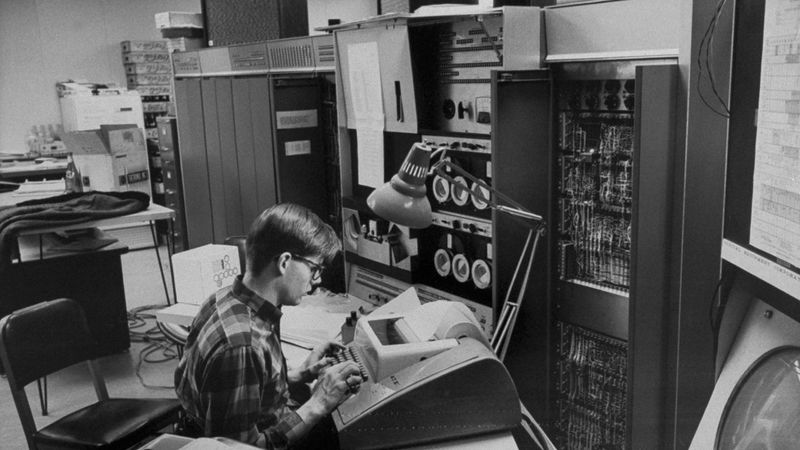
Imagine a bunch of 80s teens debating artificial intelligence ethics while the rest of us were just trying to beat Pac-Man! These forward-thinking nerds gathered weekly to discuss how emerging technologies might impact society, privacy, and human rights.
Armed with clunky early computers and dog-eared copies of sci-fi novels, they’d role-play scenarios about data privacy long before Facebook was even a twinkle in Zuckerberg’s eye. The club often invited local computer scientists or philosophers as guest speakers, creating a unique bridge between academic theory and youthful perspective.
My favorite story comes from a Seattle high school where the club successfully campaigned for an ethical computer use policy that included surprisingly modern concepts about digital consent and information ownership.
3. Cross-Cultural Cooking Collective
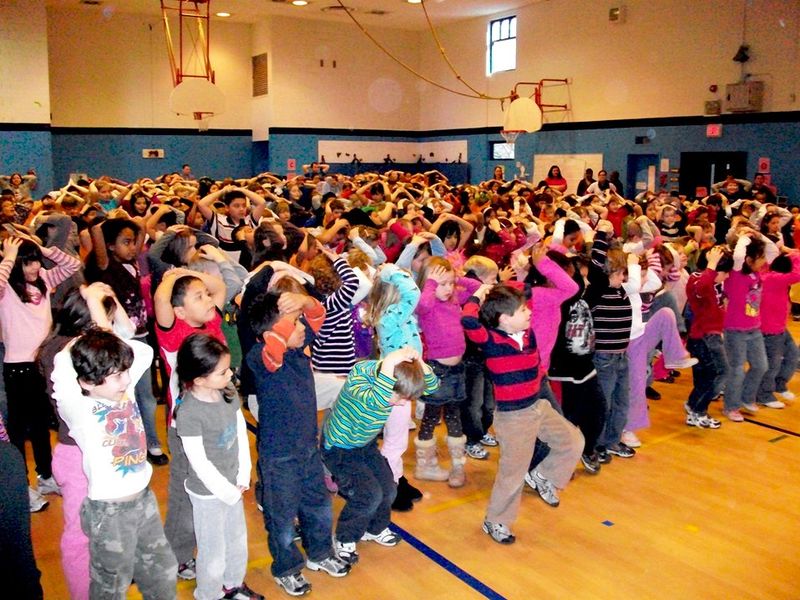
Food fights in my school usually involved flying mashed potatoes, but some innovative schools had these amazing cooking clubs that celebrated cultural diversity through shared meals. Students would take turns teaching recipes from their family traditions, creating a delicious form of cultural exchange.
The brilliance was in the simplicity – as students chopped vegetables side by side, they naturally shared stories about the significance of certain ingredients or cooking techniques in their cultures. Schools reported that these clubs dramatically improved cross-cultural understanding and friendship formation between different ethnic groups.
Parents often got involved too, with grandmothers coming in to demonstrate traditional techniques that weren’t written down in any cookbook.
4. Student Labor Rights Association
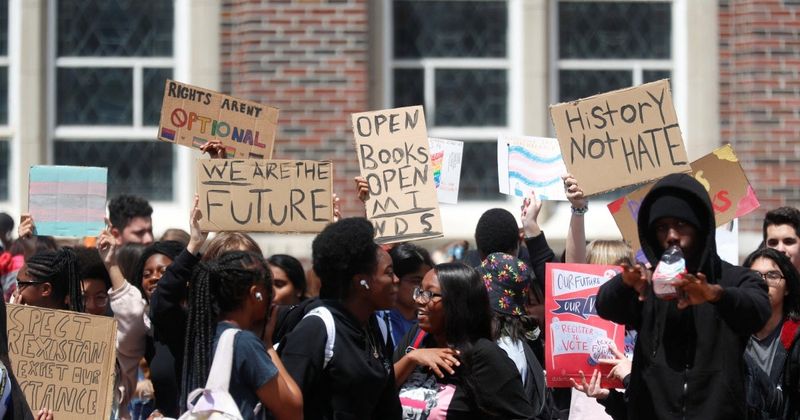
“You’re being exploited at your after-school job!” That was the rallying cry of these fascinating clubs that popped up in the 1990s, focusing on something most schools completely ignored – the fact that many students were already workers facing unfair conditions.
They created pocket-sized cards with workers’ rights information that students could discreetly carry to their jobs at local fast food joints and retail stores. The real kicker? Several of these clubs successfully helped students file actual labor complaints against exploitative employers.
One California chapter famously organized a boycott of a local mall where several stores were scheduling teen workers for closing shifts that ended well past midnight on school nights. Within a month, the mall adopted new scheduling guidelines for student employees – proof that even teenagers could create meaningful workplace reform!
5. Mental Health Peer Support Network
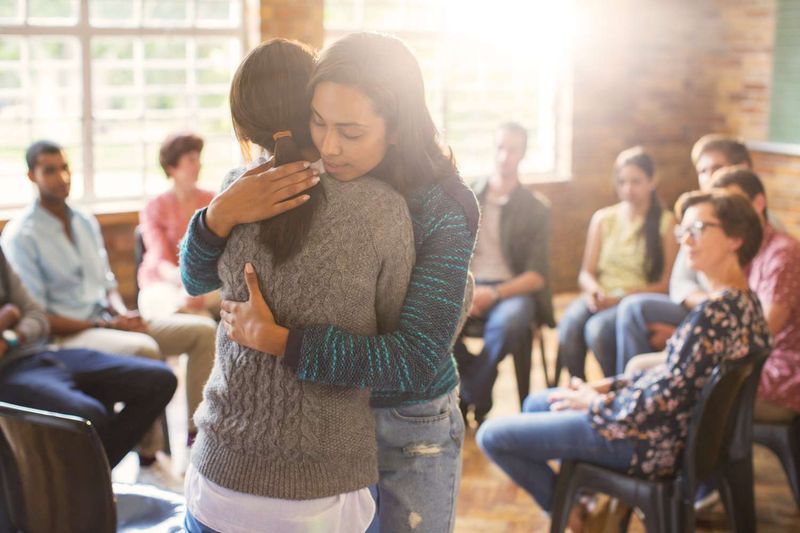
Long before schools had wellness centers, these groundbreaking clubs created safe spaces for discussing mental health struggles when the topic was still deeply taboo. I still remember my older sister coming home transformed after joining one in 1992!
Students received basic training in active listening and crisis response, creating a first line of support for peers experiencing everything from test anxiety to serious depression.
The clubs often created anonymous resource boxes where students could leave notes about their struggles or concerns about friends, creating an early warning system for serious issues. In today’s mental health crisis, we desperately need to revive these pioneering groups!
6. Gender Roles Debate Society
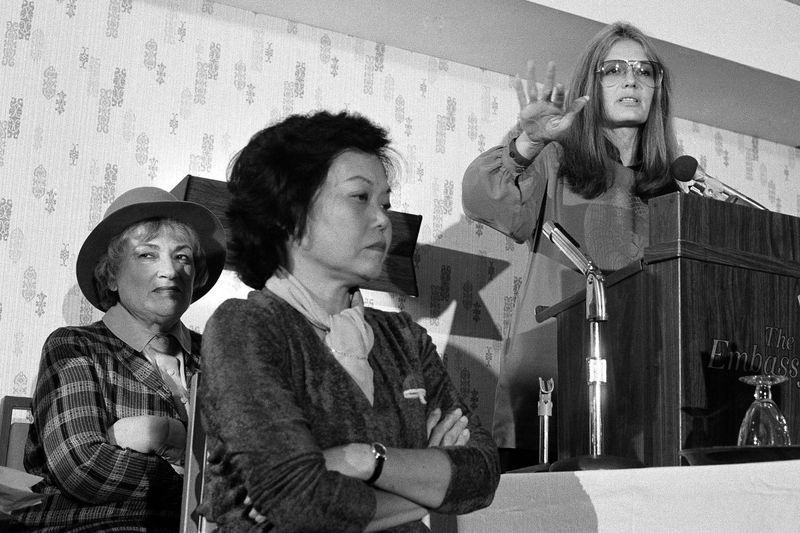
Forget boring Model UN – these daring clubs tackled gender stereotypes head-on in the conservative 1980s when such discussions were practically revolutionary! Students would research gender expectations across different cultures and historical periods, then debate how these norms shaped modern life.
The club’s format was brilliantly designed – members would randomly draw traditional or non-traditional viewpoints to defend, forcing everyone to understand multiple perspectives. Activities included gender-swapped performances of famous movie scenes and interviews with community members who had chosen non-traditional career paths.
A retired teacher from Ohio told me her school’s club successfully campaigned to open woodshop classes to girls and home economics to boys in 1985 – a small change that significantly expanded options for all students. These clubs weren’t just talk shops – they created real policy changes that challenged outdated restrictions!
7. Intergenerational Tech Tutors
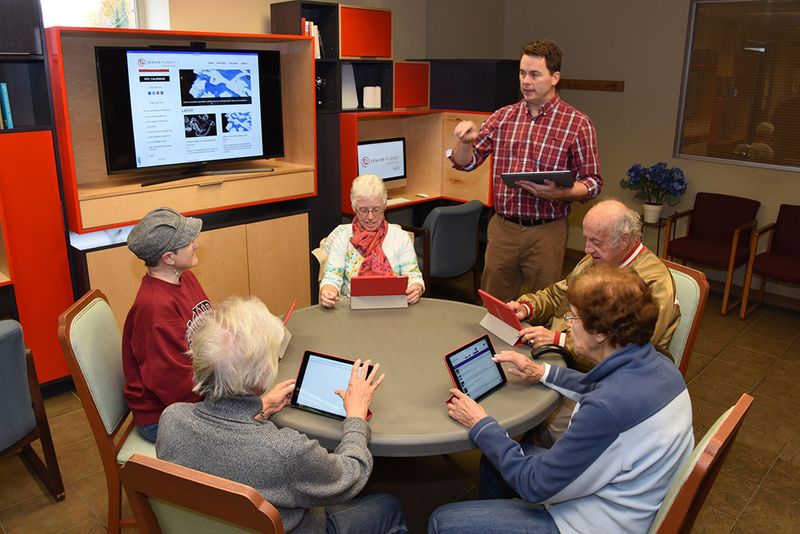
When my dad got his first computer in 1998, he was completely lost until a local high school student showed up at our door offering free tech lessons. These brilliant clubs paired tech-savvy teens with senior citizens, creating unexpected friendships while bridging the digital divide.
Students would visit senior centers or host weekend workshops in school computer labs, patiently explaining everything from email basics to digital photo organization. Many clubs expanded to help seniors document their life stories using digital tools, creating oral history archives.
Several schools reported that these programs significantly reduced vandalism and improved community relations as seniors who personally knew students became advocates for school funding. One Michigan club even secured a grant to refurbish old school computers, which they then donated to seniors who couldn’t afford their own – recycling with purpose!
8. Alternative Transportation Club
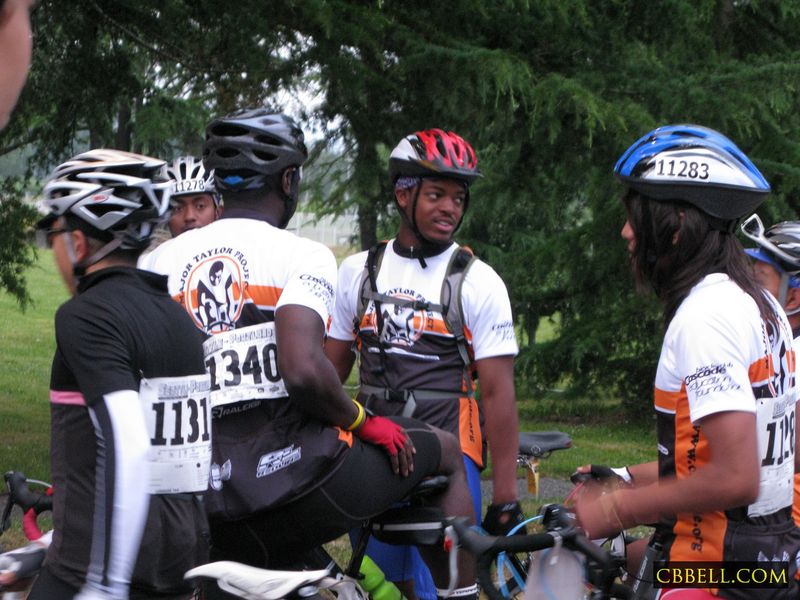
Skateboards weren’t just for rebels – some forward-thinking schools actually had clubs dedicated to promoting car-free transportation options! Members would map safe biking routes to school, organize group rides, and advocate for bike racks and skateboard storage on campus.
Some clubs partnered with local bike shops to learn maintenance skills, then offered free repair clinics for students and community members. The most successful groups expanded into community advocacy, successfully pushing for improved sidewalks and bike lanes near their schools.
A former member from Portland told me their club organized a “principal challenge” where their administrator had to bike to school for a week – he ended up becoming their biggest supporter and continued cycling long after the challenge ended! These clubs combined environmental consciousness with practical solutions years before sustainability became mainstream.
9. International Crisis Response Team

While most kids were playing video games, members of these remarkable clubs were organizing lightning-fast humanitarian responses to global disasters. When an earthquake hit Guatemala in 1976, a Wisconsin high school club mobilized their entire town to collect emergency supplies within 48 hours!
Students would closely follow international news, research affected regions, and design culturally appropriate aid campaigns. Unlike generic charity drives, these clubs emphasized education – explaining complex geopolitical situations to their peers and connecting global events to local concerns.
The most impressive aspect was how these clubs maintained connections with affected communities long after the initial crisis faded from headlines. One California school established a sister school relationship with a Haitian community they’d supported after the 2010 earthquake, creating a lasting cultural exchange. These clubs taught global citizenship through direct action rather than abstract concepts!
10. Accessible Recreation Designers
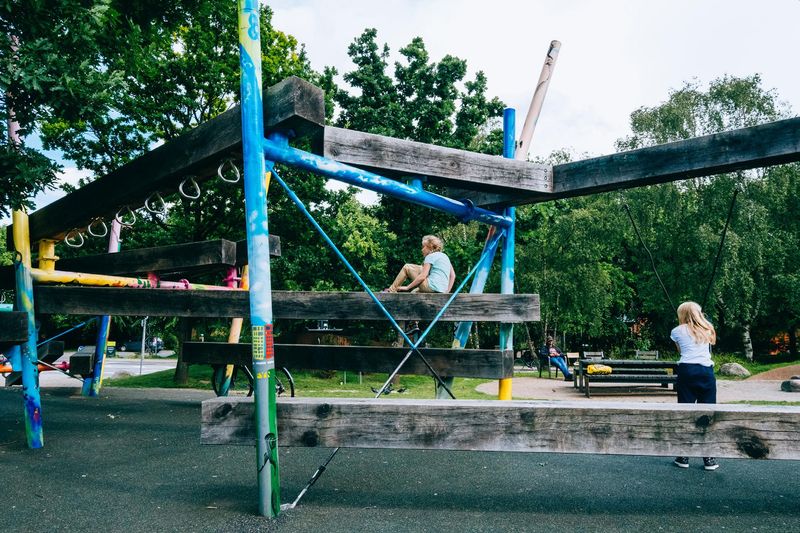
Pure genius is what I call these clubs that reimagined playground equipment and games to include students with disabilities. Long before ADA compliance was standard, these young innovators were crafting modified sports equipment and creating inclusive recreation options.
Using basic materials and boundless creativity, students would adapt everything from board games to basketball hoops to accommodate different abilities. The clubs often partnered with special education departments to test their designs and gather feedback directly from the students who would use them.
A retired teacher from Minnesota still beams with pride describing how her club designed a sensory garden with raised planting beds that became a favorite gathering spot for the entire school.
11. Community Health Detectives
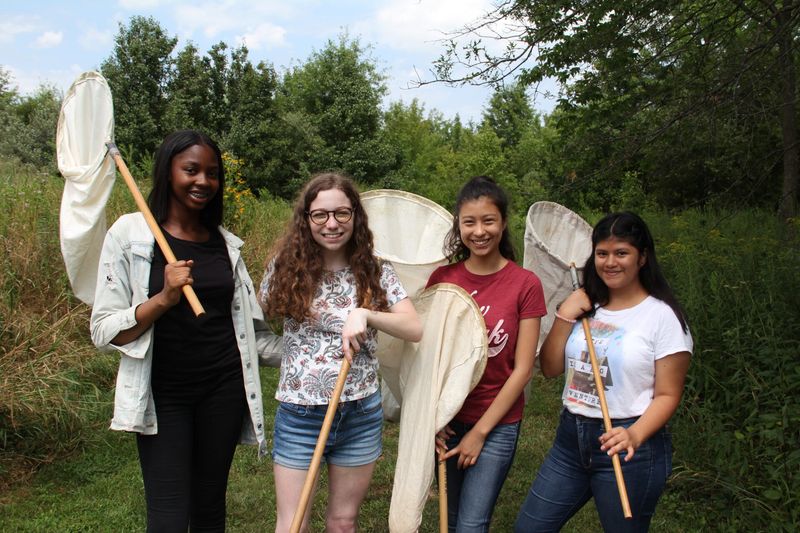
Sherlock Holmes had nothing on these health-focused sleuths who investigated local health disparities and environmental hazards in their communities! Armed with testing kits and surveys, they collected data about everything from lead paint in old buildings to food desert mapping.
Students would learn epidemiology basics, then design research projects addressing local health concerns. The real impact came when they presented their findings to city councils or health departments – adults were often shocked by the quality of their research and more willing to listen to kids than professional activists.
These clubs frequently partnered with nursing programs at local colleges, creating mentorship opportunities that inspired many members to pursue healthcare careers. The combination of scientific rigor with youth-led advocacy proved remarkably effective at creating change.
12. First-Generation College Navigators
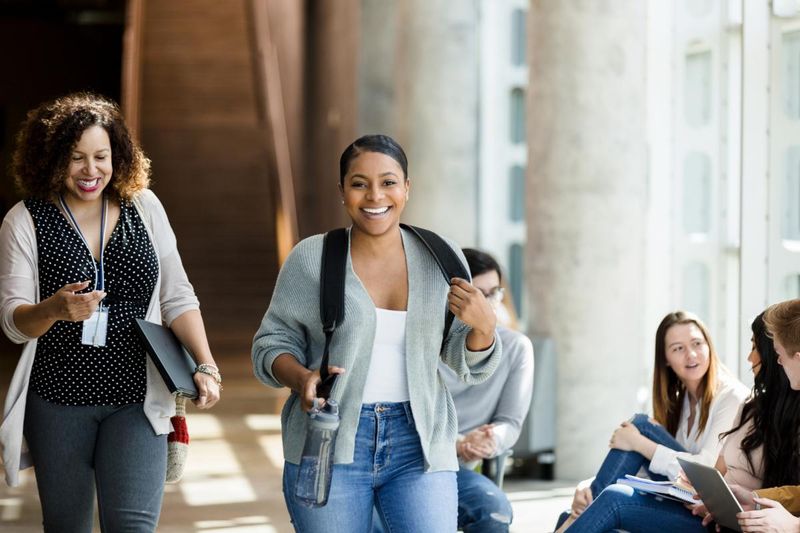
College application season nearly broke me, and I had parents who’d been through it! That’s why I’m amazed by these student-led clubs that helped first-generation college hopefuls navigate the bewildering application process without family guidance.
The clubs often created translated materials for immigrant parents and organized campus visits to schools that many families couldn’t arrange independently. What made these groups truly special was their focus on the emotional aspects of being first-generation – addressing impostor syndrome and family pressure through peer support.
One California club created a “College Knowledge” archive where students documented their application journeys and acceptance results, building an invaluable database of real experiences.
13. Youth Court Advocates
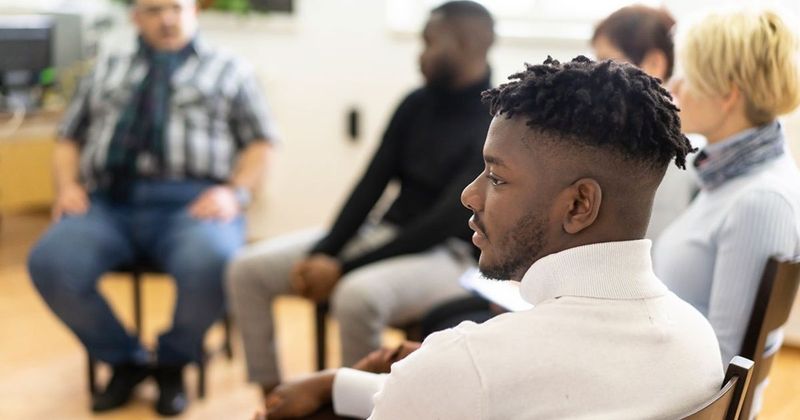
Forget mock trial – these groundbreaking clubs actually functioned as legitimate juvenile courts where student volunteers heard real cases involving their peers. Schools partnered with local juvenile justice systems to divert minor offenses to these youth-run courts.
Students received training in restorative justice practices and took turns serving as advocates, jury members, and mediators. The punishments they designed typically involved community service, apology letters, or specific restitution rather than suspension or criminal records.
The magic ingredient was peer accountability – teens were remarkably thoughtful when given responsibility for designing consequences that were fair and rehabilitative rather than merely punitive. A former participant from Chicago told me the experience completely changed his career trajectory – he’s now a public defender who advocates for expanding youth justice programs.
14. Historical Injustice Researchers
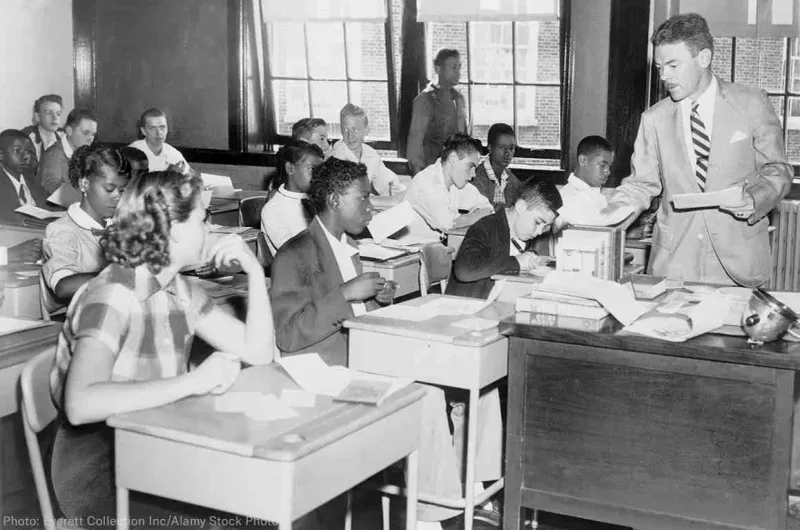
History textbooks always seemed to skip the uncomfortable parts, which is why these clubs were revolutionary – they deliberately investigated overlooked historical injustices in their own communities. My hometown had one that uncovered a forgotten 1920s segregation ordinance that had never officially been repealed!
Students would dive into local archives, conduct oral history interviews with elderly residents, and document stories that had been systematically erased from official narratives. Many clubs created traveling exhibits or websites to share their findings, ensuring these histories wouldn’t be lost again.
A teacher from Alabama shared how her club’s research into a local 1960s civil rights protest led to a formal town apology and commemorative marker. These clubs taught critical research skills while empowering students to see themselves as active participants in historical reckoning rather than passive consumers of sanitized narratives.
15. Sustainable Fashion Workshop
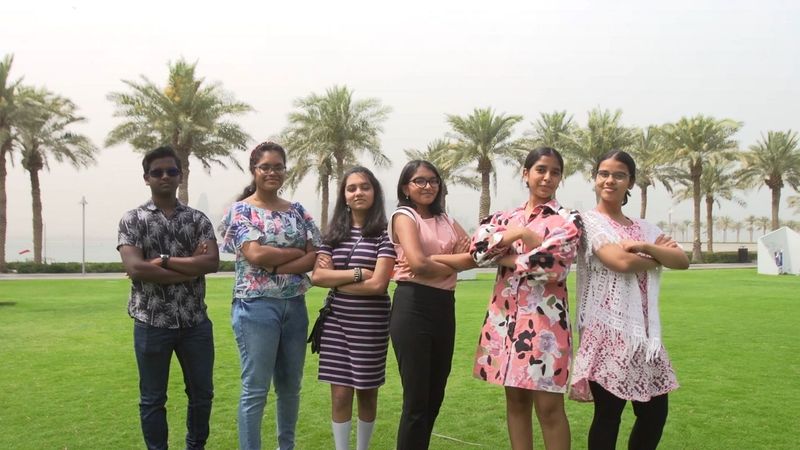
Long before fast fashion criticism went mainstream, these innovative clubs were teaching students to upcycle, repair, and ethically source clothing. I still wear a jacket I modified in one of these workshops back in 2003!
Members would learn basic sewing and garment construction, then progress to creative repurposing of thrift store finds. The clubs often organized clothing swaps and repair cafés, extending their impact beyond just the members.
The curriculum cleverly integrated education about the environmental and human rights impacts of the global fashion industry. Students researched labor conditions in manufacturing countries and the ecological footprint of different fabrics.
